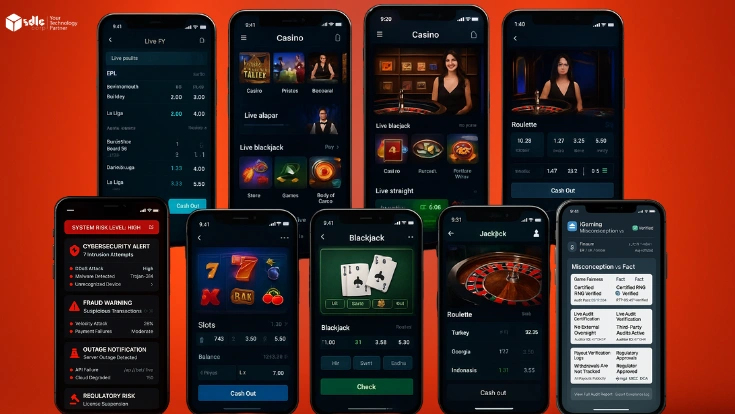Introduction
The gaming industry has evolved rapidly over the past few years, with blockchain technology playing a crucial role in this transformation. One of the most promising developments is blockchain interoperability, which has opened the door to cross-game item transfer, allowing players to move assets between different games seamlessly. This innovation not only enhances the gaming experience but also brings new opportunities for developers and players alike. In this blog, we will explore how blockchain interoperability works, its benefits, and how it can be used to enable cross-game item transfer, with a focus on interoperable blockchain games, cross-game asset transfer, and interoperable game assets.
Top Blockchain Game Development Company

What is Blockchain Interoperability?
Blockchain interoperability refers to the ability of different blockchain networks to communicate and work together, enabling the transfer of data, assets, and information across multiple platforms. This capability is essential in creating a connected ecosystem where blockchain-based applications, including games, can interact seamlessly.
Interoperability allows for the exchange of blockchain-based game items between different games, enabling the concept of cross-game item transfer. This means that a player can use an item acquired in one game within another, as long as both games are part of the same interoperable ecosystem.
The Importance of Cross-Game Item Transfer
specific game, limiting their utility and value. However, with cross-game item transfer, players can carry their hard-earned items across different games, enhancing their value and utility. This capability is particularly appealing in the context of Blockchain Game Development, where items are often tokenized as NFTs (Non-Fungible Tokens), giving players true ownership of their assets.
Cross-game asset transfer also introduces new economic opportunities for players, who can trade or sell their items across different games, creating a more dynamic and interconnected gaming ecosystem.
How Blockchain Interoperability Enables Cross-Game Item Transfer
1. Standardized Protocols
2. Smart Contracts
3. Interoperable Game Assets
4. Bridging Solutions
Benefits of Blockchain Interoperability in Gaming
1. Enhanced Player Experience
2. True Ownership
3.Increased Revenue Opportunities
4. Community Building
blockchain game development company

Implementing Cross-Game Item Transfer
1. Choose the Right Blockchain Platform
2. Design Interoperable Assets
3. Develop Smart Contracts
4. Integrate with Bridging Solutions
Challenges in Implementing Blockchain Interoperability
1. Technical Complexity
2. Security Concerns
3. Standardization Issues
4. Scalability
The Future of Blockchain Interoperability in Gaming
In the coming years, we are likely to see the following trends
1. Expansion of Interoperable Ecosystems
2. Development of New Standards
3. Increased Collaboration Among Developers
4. Integration with Metaverse Platforms
Blockchain Game Development Services

Conclusion
Blockchain interoperability is set to revolutionize the gaming industry by enabling cross-game item transfer and creating a more connected and dynamic gaming ecosystem. By embracing this technology, developers can offer players a richer and more immersive gaming experience, while also opening up new revenue opportunities.
However, implementing blockchain game interoperability comes with its own set of challenges, including technical complexity, security concerns, and standardization issues. Developers need to carefully plan and execute their interoperability strategies to overcome these challenges and create a successful cross-game item transfer feature.
As the gaming industry continues to evolve, interoperable blockchain games will play a crucial role in shaping the future of gaming. By leveraging the power of blockchain technology, developers can create games that are not only innovative but also offer players true ownership and flexibility over their in-game assets.

















